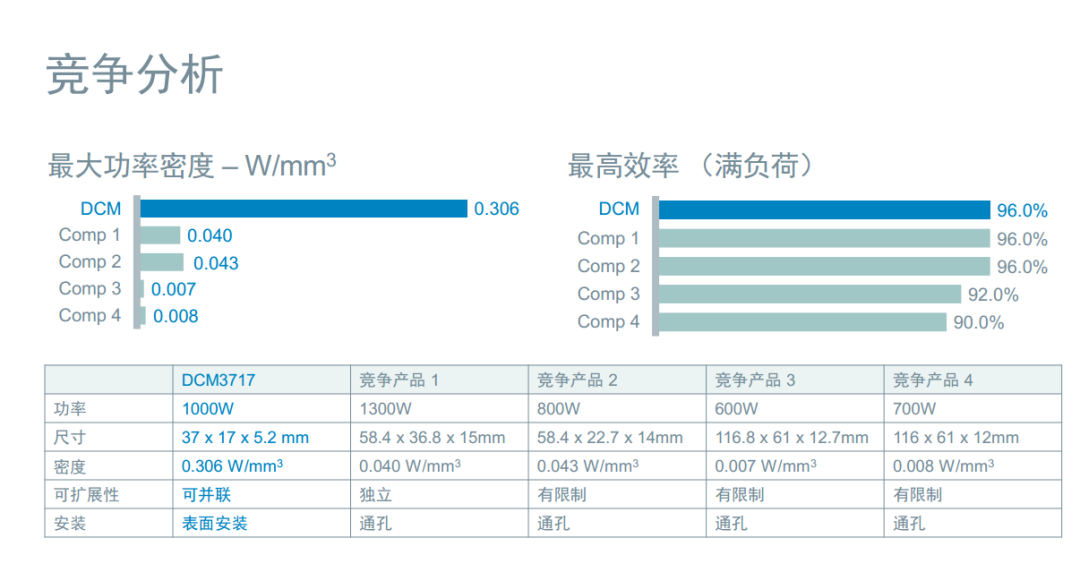In 1950, the widespread use of high-displacement engines in automobiles made the existing 6V voltage system inadequate to meet the growing electrical demands. Automotive companies adopted a method of connecting two 6V batteries in series to create a 12V low-voltage system. By the late 1960s, nearly all vehicles had adopted the 12V voltage system, with electrical systems and components such as interior lighting, electric windows, cigarette lighters, and batteries designed around the 12V universal voltage standard. Since then, the 12V voltage system has been continuously used in the automotive sector for 60 years.
In 2011, as the load requirements in vehicles increased and emission regulations became stricter, Audi, BMW, Daimler, Porsche, and Volkswagen jointly introduced the 48V system, integrating it into the existing 12V system through a DC/DC converter. In November 2023, Tesla’s Cybertruck officially raised the low-voltage battery voltage to 48V. Currently, with the rapid development of automotive electrification, the widespread adoption of the 48V voltage system in vehicles has become an inevitable trend.
Tom Curatolo, Director of Industrial Applications Engineering at Vicor, stated: “The automotive sector is actually an emerging application area for the 48V voltage system; the telecommunications industry was the first to adopt it. Currently, other industries such as high-performance computing and industrial applications are also moving in this direction.”
Advantages of the 48V Voltage System
So why are so many industries shifting to the 48V voltage system? Tom Curatolo explained: “This is because it has numerous advantages.”
First, the 48V voltage system can reduce power loss and improve efficiency. Under the same power conditions, it has lower current, which means less heat is generated. Additionally, thinner and lighter wires can be used during wiring, saving costs and reducing the weight of components. Tom Curatolo emphasized: “There is also I²R loss, which is very important. Because at higher voltages, when current flows through wires or PCB traces, thermal losses decrease, significantly improving efficiency.”
Secondly, the 48V voltage system has a stronger power transmission capability, providing greater power in a smaller volume. Many systems currently require upgraded functionalities with higher power demands, and compared to 12V and other low-voltage systems, the 48V voltage system can more easily accommodate system upgrades.
Moreover, the 48V voltage system can enhance system performance. By utilizing an efficient power system, it reduces heat generation, lessening the need for complex cooling systems, thereby improving overall system efficiency and reliability.
New DC/DC Converter Module Simplifies 48V to 12V Conversion
Despite the significant advantages of transitioning to a 48V voltage system, it also presents many challenges for power system design. As a leader in 48V modular power products, Vicor has been dedicated to simplifying power system design through its 48V power modules, helping users achieve conversion between 48V and 12V.
Recently, Vicor launched a new series of regulated 48V-12V DCM™ DC/DC converters, aimed at facilitating a smooth and convenient transition to the 48V voltage system for the aforementioned industries. This series mainly includes the DCM3717 and DCM3735 products. According to Tom Curatolo, these regulated DC/DC converters operate within an input voltage range of 40V-60V and can produce an adjustable regulated output of 10V-12.5V. The DCM3717 series offers power options of 750W and 1kW, while the DCM3735 is a 2kW device.
Tom Curatolo stated: “These DCM products have outstanding competitive advantages, with efficiencies exceeding 96% and power densities reaching 5kW/in³. Higher efficiency means lower thermal management challenges. Additionally, the compact packaging and lightweight design minimize the overall size of the power design, making them ideal for applications with stringent size and weight requirements. Furthermore, these products are user-friendly and reduce design complexity.”
Due to these advantages, these products are highly suitable for applications in drones, automated test equipment (ATE), automotive, data centers, edge computing, and 5G wired/wireless network infrastructure.
Tom Curatolo also compared this product series with competitors, as shown in the figure below, indicating that Vicor’s product series has a clear leading advantage in several key parameters, especially in power density.

Regarding the ability to achieve such high power density, Tom Curatolo explained: “Vicor’s CEO has a technical background and places great emphasis on technological innovation and independent research and development. In this product series, Vicor employs zero-voltage switching (ZVS) technology, precisely controlling the switching time to occur only when the voltage is zero, thus avoiding current and voltage spikes, eliminating losses.”
Additionally, packaging technology is another significant technical advantage for Vicor. This series of products utilizes thin SM ChiP surface mount technology, which offers excellent thermal adaptability while simplifying the design of thermal management systems.
Applications of the 48V Voltage System in Industry
In the future, the industrial sector will become an important application area for the 48V voltage system, including battery formation and testing, testing and measurement, drones/remote-controlled vehicles, light electric vehicles and mobility, energy and renewable energy, as well as robotics.
Especially in the fields of battery formation and testing and ATE, transitioning to a 48V voltage system can provide a competitive advantage; however, existing investments in 12V power conversion pose obstacles. Tom Curatolo stated: “Vicor has a comprehensive ecosystem of 48V power modules, characterized by high efficiency, small size, and lightweight, which can help these fields conveniently transition from 12V to 48V voltage systems.”
Conclusion
The transition to a 48V voltage system in automotive, high-performance computing, and industrial sectors is an inevitable trend. The 48V system can provide numerous competitive advantages, but transitioning from 12V to 48V still requires overcoming challenges related to design and costs. Vicor is focused on the research and innovation of 48V power architectures and believes it can assist these sectors in transitioning from 12V to 48V power architectures, alleviating their concerns.
END